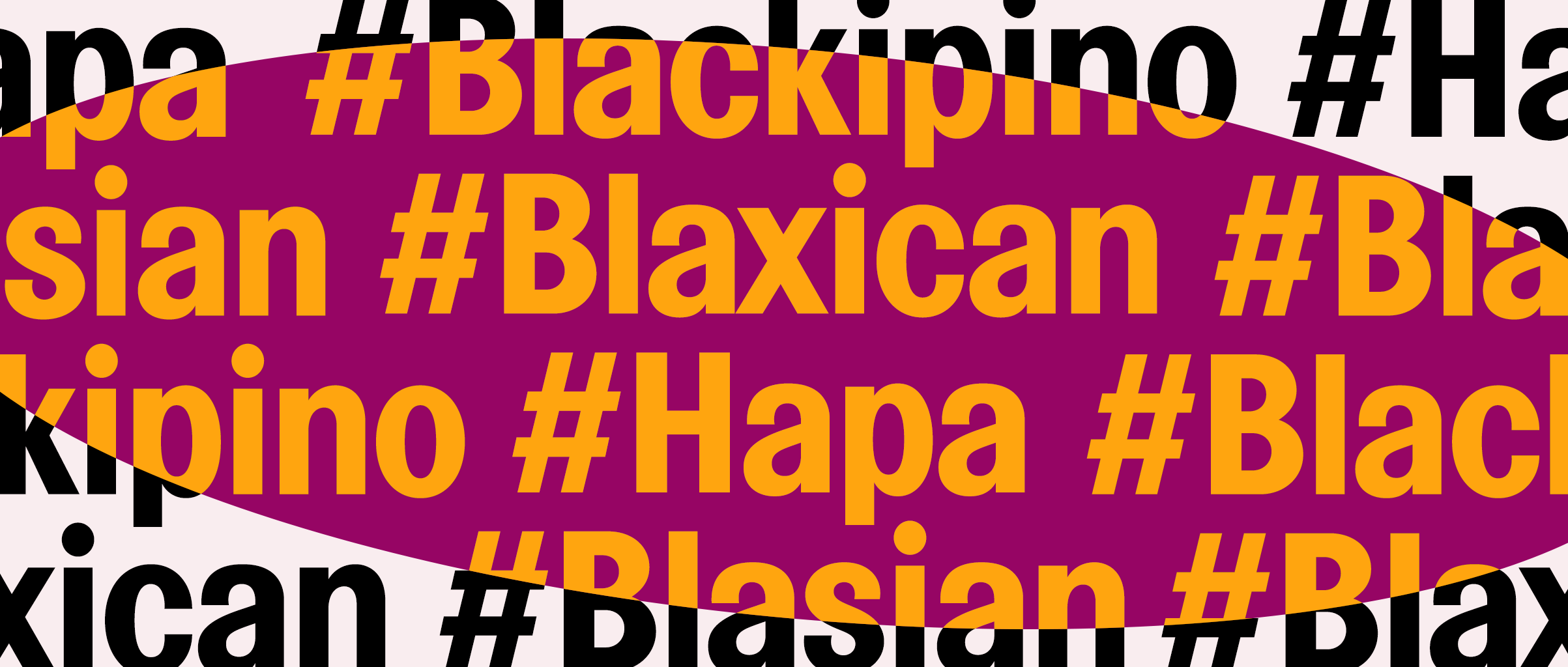How far have we come in our acceptance of mixed race people?
Special Broadcasting Service (SBS)
Crows Nest, New South Wales, Australia
2014-11-14
Lin Taylor
What was once a shameful taboo with a deep, dark racist history is now the face of the modern world. But how far have we really come in our acceptance of mixed race people?
Estelle Griepink is not a celebrity.
But more often than not, the 22-year-old will get stopped on the streets of Indonesia and Malaysia, with passers-by eager to take her photo.
“I lived in Indonesia for a couple of months and I was stopped by people who wanted to take photos of me – and with me – quite frequently,” she said. “It’s happened in Malaysia, where my family lives, too.”
Her appeal? The fact that she is half Malaysian and half Dutch.
“I know this happens to people who are white too – blonde hair, blue eyes – but I felt there was something kind of creepy doing it to me as they would go on about how amazing it was that I was half Asian, half white.
“At the end of the day my ethnicity is completely out of my control, so I hardly think it is something to be congratulated on or celebrated for… like you’re a collector’s item.”
But with their mysterious, racially ambiguous ‘look’ and exotic heritage, it’s not hard to see why mixed race people like Griepink are so in demand…
…Racial hierarchy, racism and the ‘one-drop rule’
Dr Julie Matthews, an educator and sociologist at the University of Adelaide, believed the sexualisation and preference for mixed race people is inherently racist.
“We’ve sexualised or pornographied mixed race. It’s a very narrow line between exoticisation and sexualisation, fetishisms – where you turn all non-white people into people who exist simply into your own pleasure.”
She said that a person who is half white is more “palatable” and acceptable in society – an idea, she believed, is steeped in racism and prevalent since colonisation.
“Colonialism has circulated the idea that white is best. White is at the top of a kind of hierarchy of humanity… If you believe there is a hierarchy of races, which is what racism is about, a little bit of white is more palatable,” said Dr Matthews, 58, who is half Japanese and half English.
“You can get rid of the fear, and horror and the anger of race by adding a bit of whiteness.”
A pertinent example of this was the treatment of half-Aboriginal children and the Stolen Generation. Between the late 1800s and the 1970s, the Australian government forcibly removed Aboriginal children with a white parent from their community, placing them in non-Indigenous foster homes or state-run institutions. It was hoped that mixed race children would ‘assimiliate’ into white Australian society and cut ties with their black ancestry.
Sociologist Professor Reginald Daniel from the University of California added that across all racial groups, blackness is the one identity that is the most complicated.
“When it comes to blackness, there is one frontier that is the most complicated,” he told SBS. “There is no ambiguity about who’s black no matter what you look like, no matter what your ancestry because of the ‘one drop rule’ way back to, at least informally, in slavery, and then formally in law.”
A term mainly used in the US, the one-drop rule is the idea that even ‘one drop’ of blackness in your ancestry precludes you from being truly white, and therefore ‘lower’ on the racial hierarchy (with whiteness being at the top of the scale).
“There was a time when [an interracial] couple would have been – in parts of the United States – lynched by the [Ku Klux] Klan. Those kinds of attitudes had very serious consequences in terms of physical harm. And that does still happen. There are numerous hate crimes directed at interracial couples and mixed race people. And that pattern has not gone. It’s a reflection of that deep long racist history,” said Professor Daniel, whose own multiracial identity includes African, European, Asian, Arab, and Native American origins.
As a result of such entrenched racism, Professor Daniel said identifying as a multiracial person was often “fraught with conflict”, especially if the individual had a black ancestor.
“There was not a lot of mixed race people in the past in terms of identity – even if they existed they didn’t embrace that identity. So it was an identity that was fraught with a lot of conflict, in a sense that, well, how do you form an identity that’s so totally different from everything and everyone around you?”
It’s a sentiment that Tony Ryder, 25, knows all too well.
With an Italian father and an Aboriginal mother, Ryder told SBS he grew up hiding his Noongar and Yamatji ancestry because of the racism he endured in his hometown of Perth.
“Everyone’s experience is different I suppose, but for me, you know, you get called b**ng, c**n, every name under the sun… Where I went to high school, being Aboriginal isn’t celebrated – you just get made fun of.”
But when Mr Ryder did start embracing his Aboriginal heritage, he said he struggled to find acceptance within the community because of his lighter skin.
“People need to start realising that Indigenous people don’t all look the same…We are a diverse people just like any other race. Years and years of genocide and forced assimilation does not mean that we are all going to be black-skinned and living in the desert.”…
Read the entire article here.


